Open Menu
Search

Architect Anthony Authié brings his signature cartooncore style to this 45sqm/484sqft Paris apartment, creating a surreal home filled with bold colours, spiky details, and playful visual twists. This is small-space living as an animated spectacle.
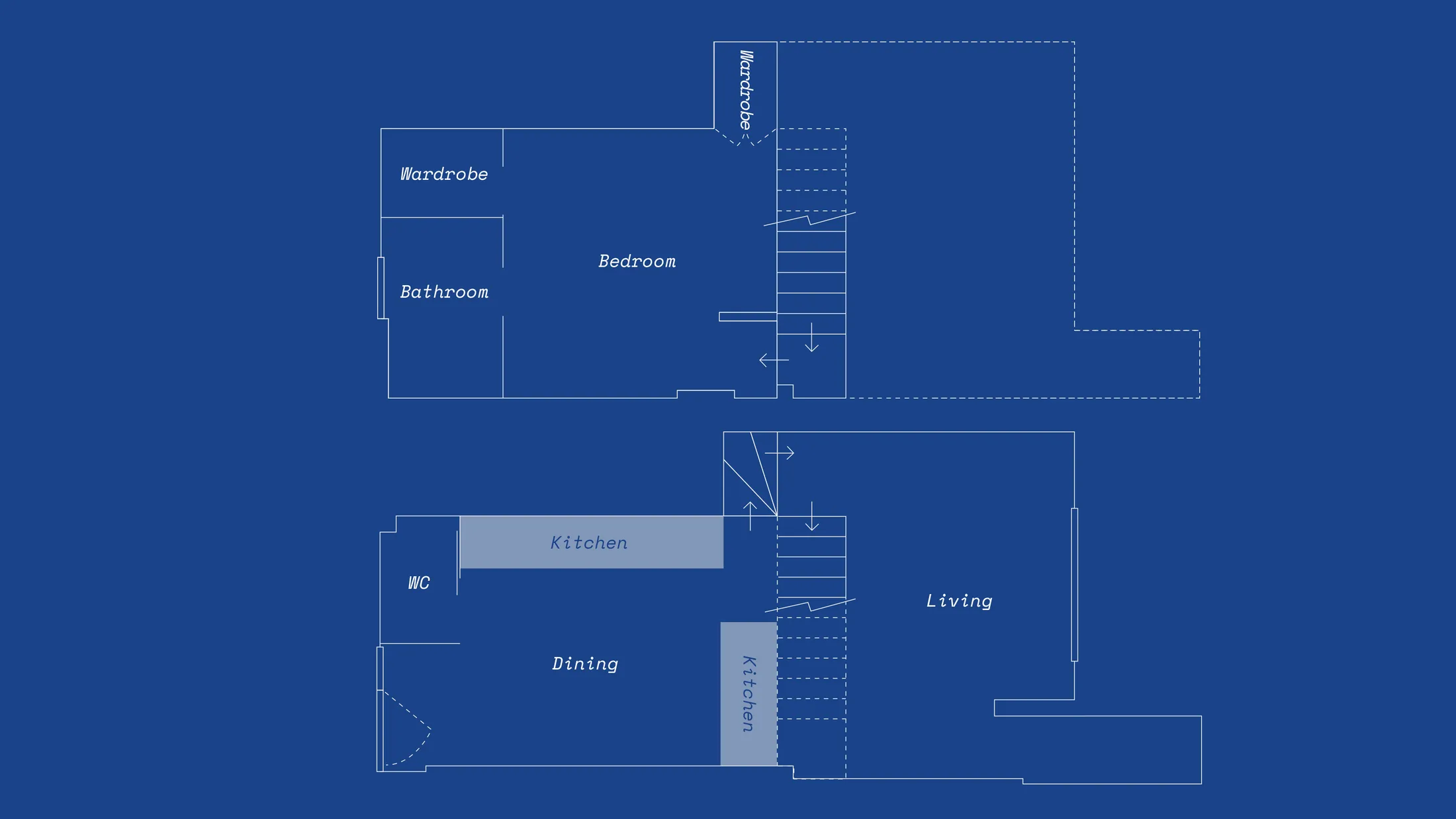
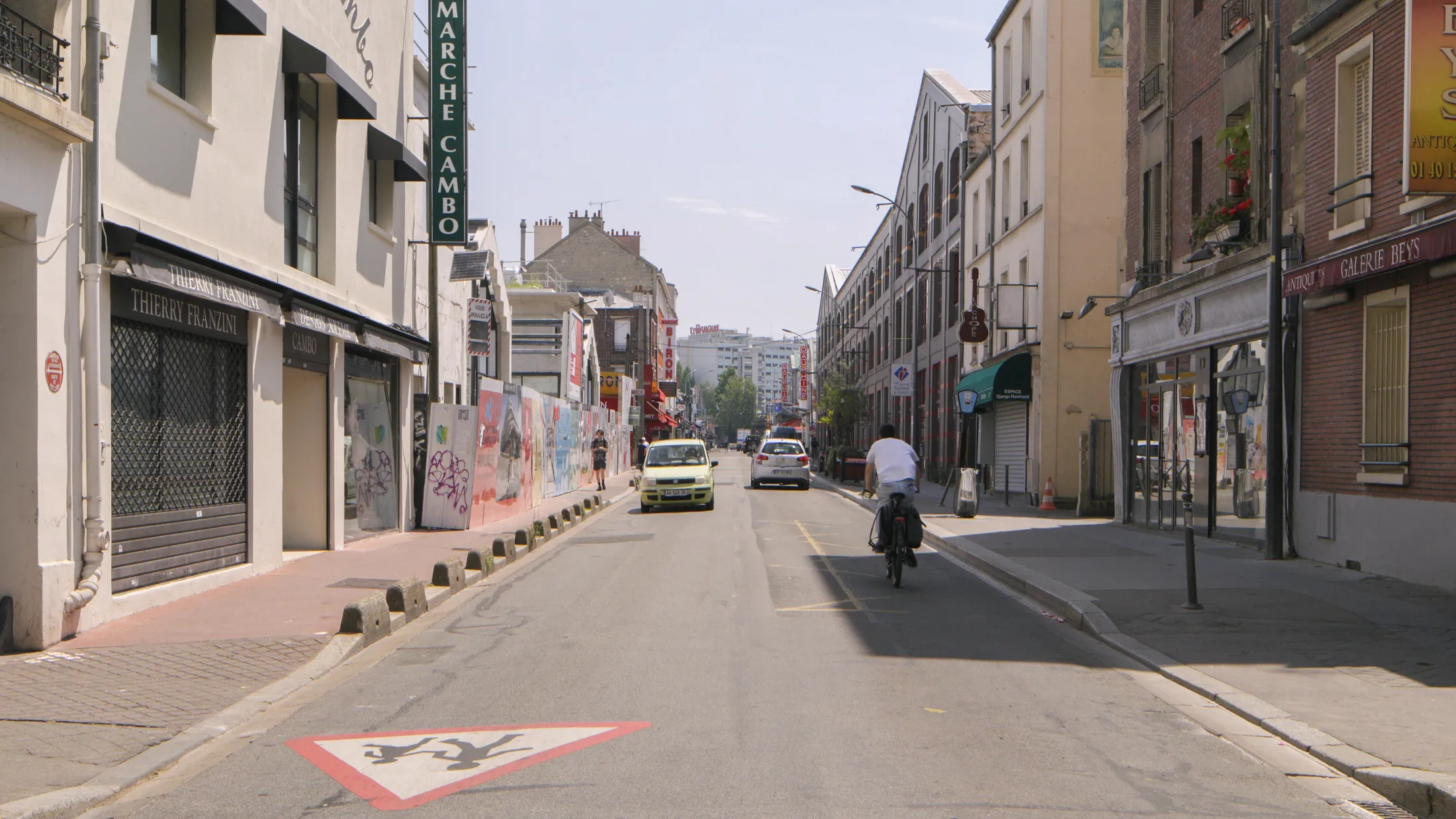
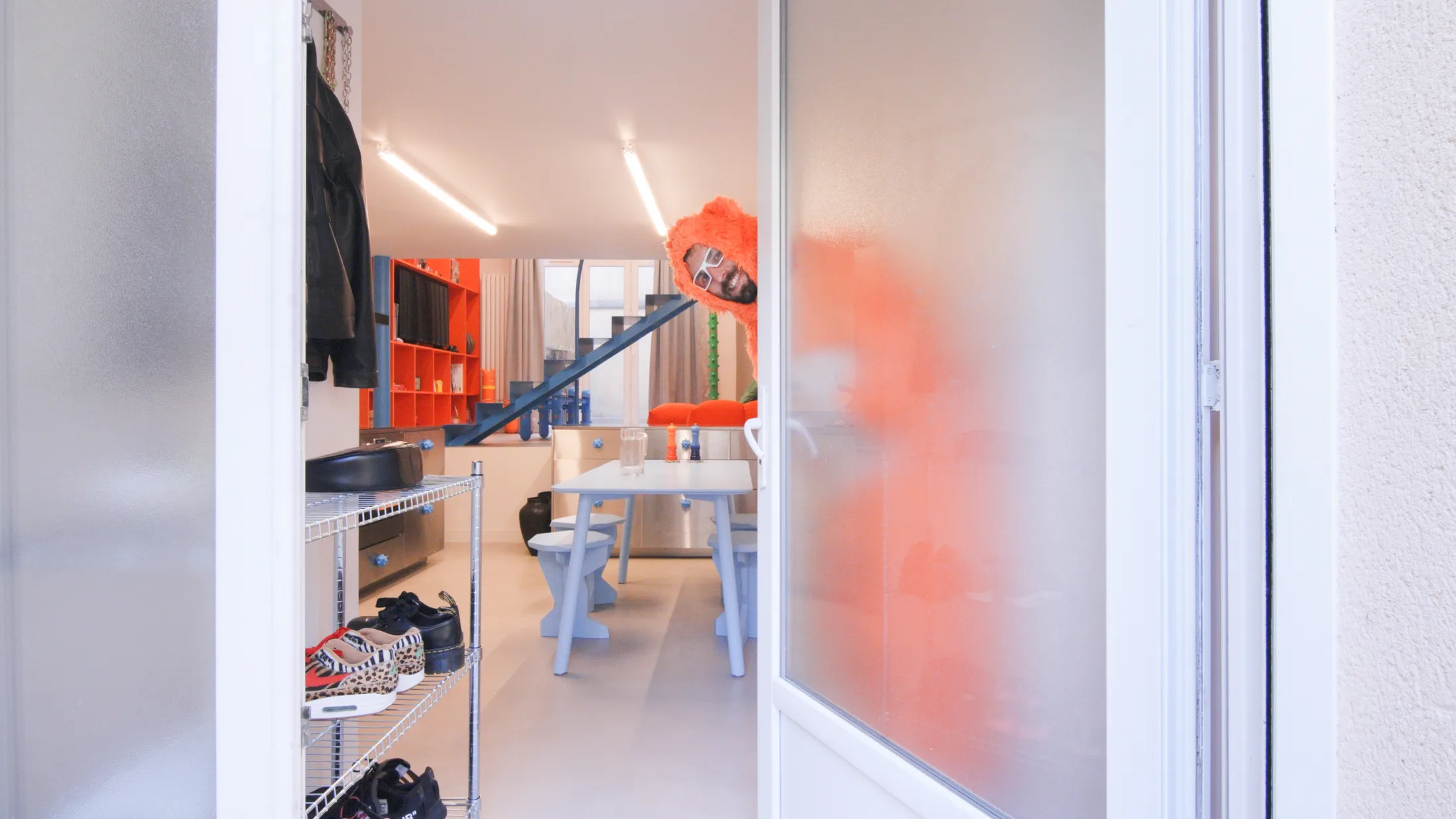

“I work with a number of notions, such as cartooncore – the idea of exaggerated architecture that plunges us into an imaginary universe.”
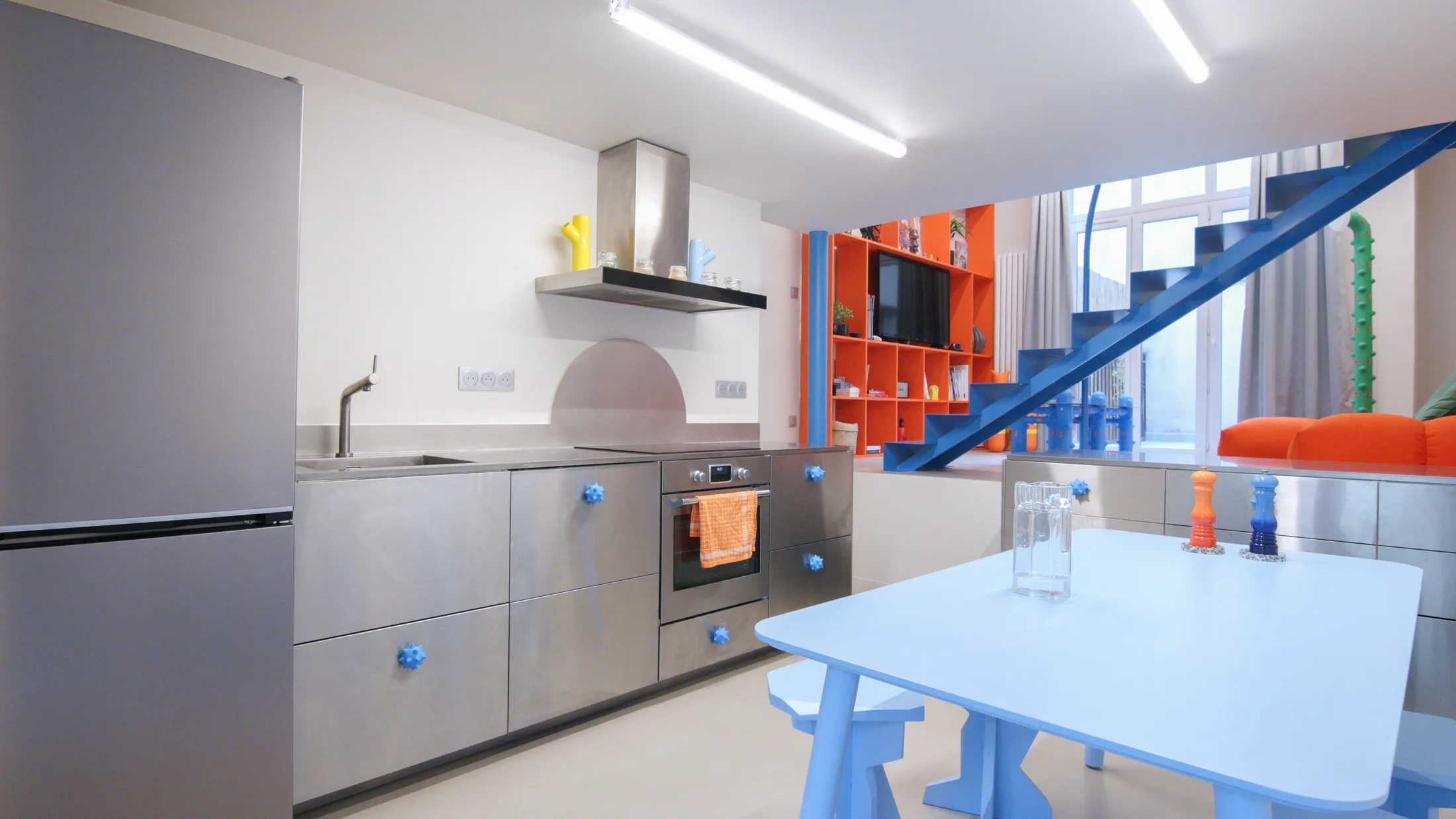
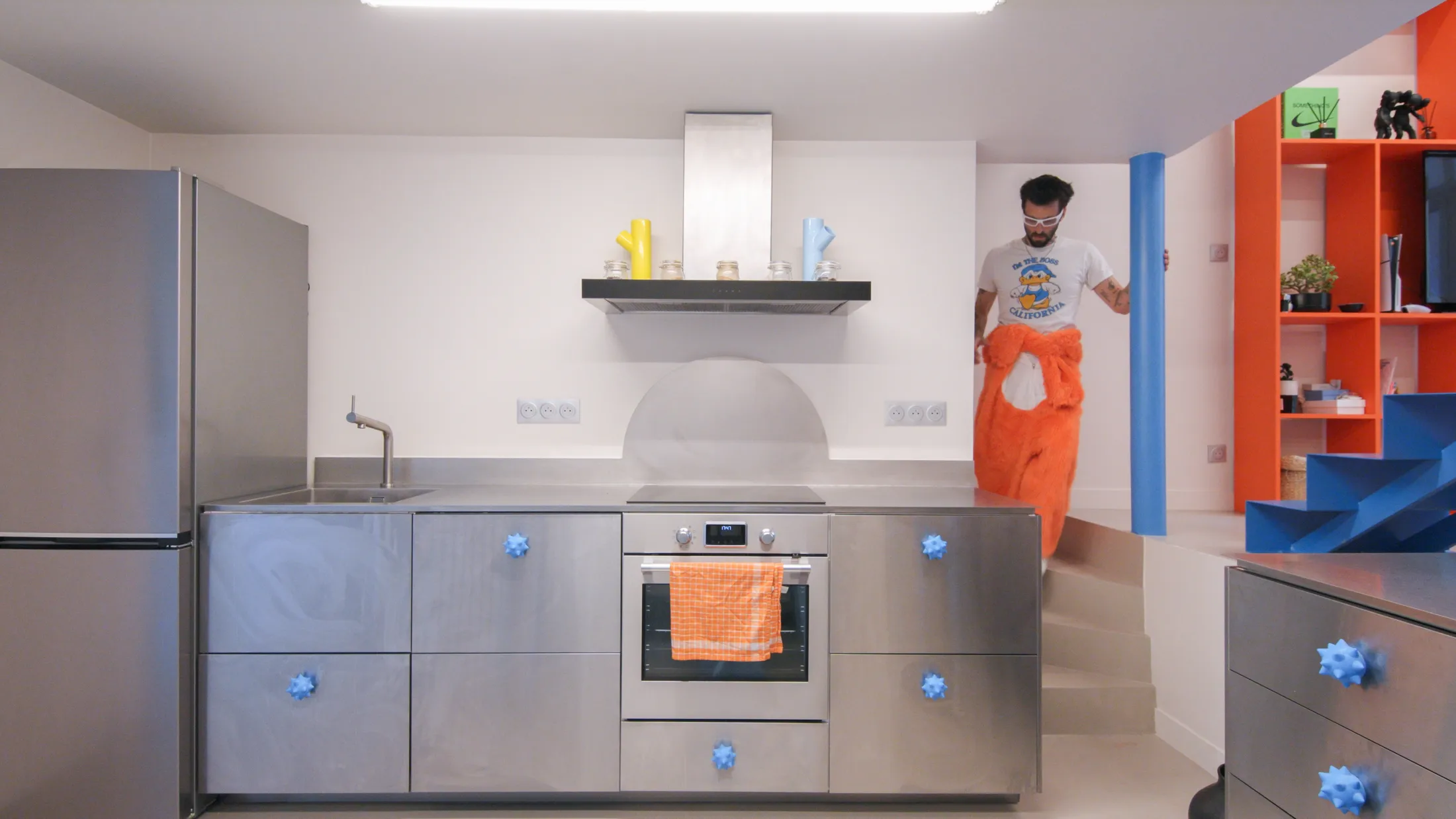
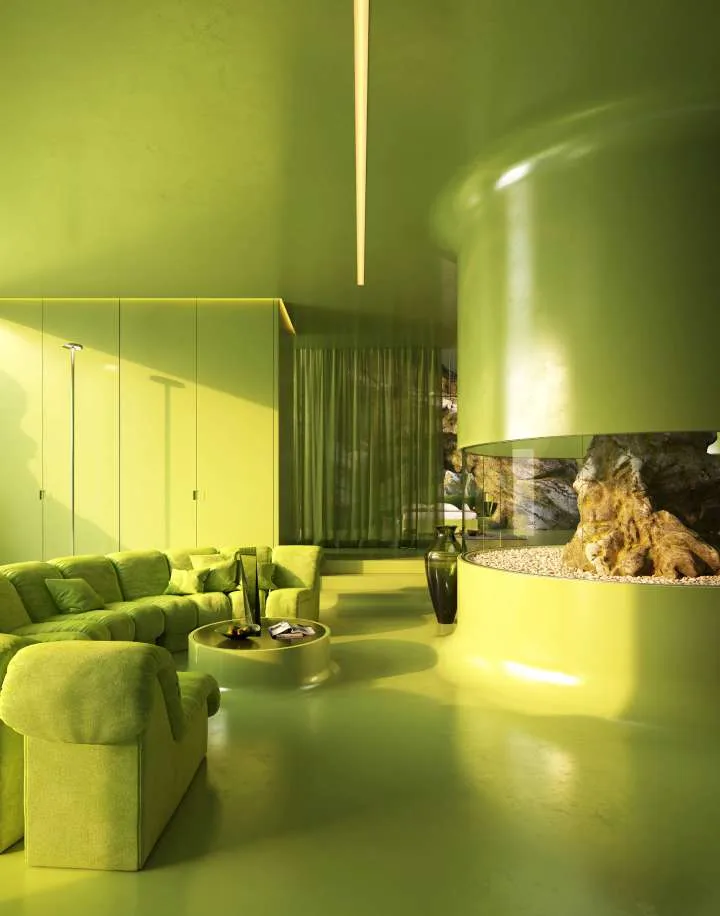


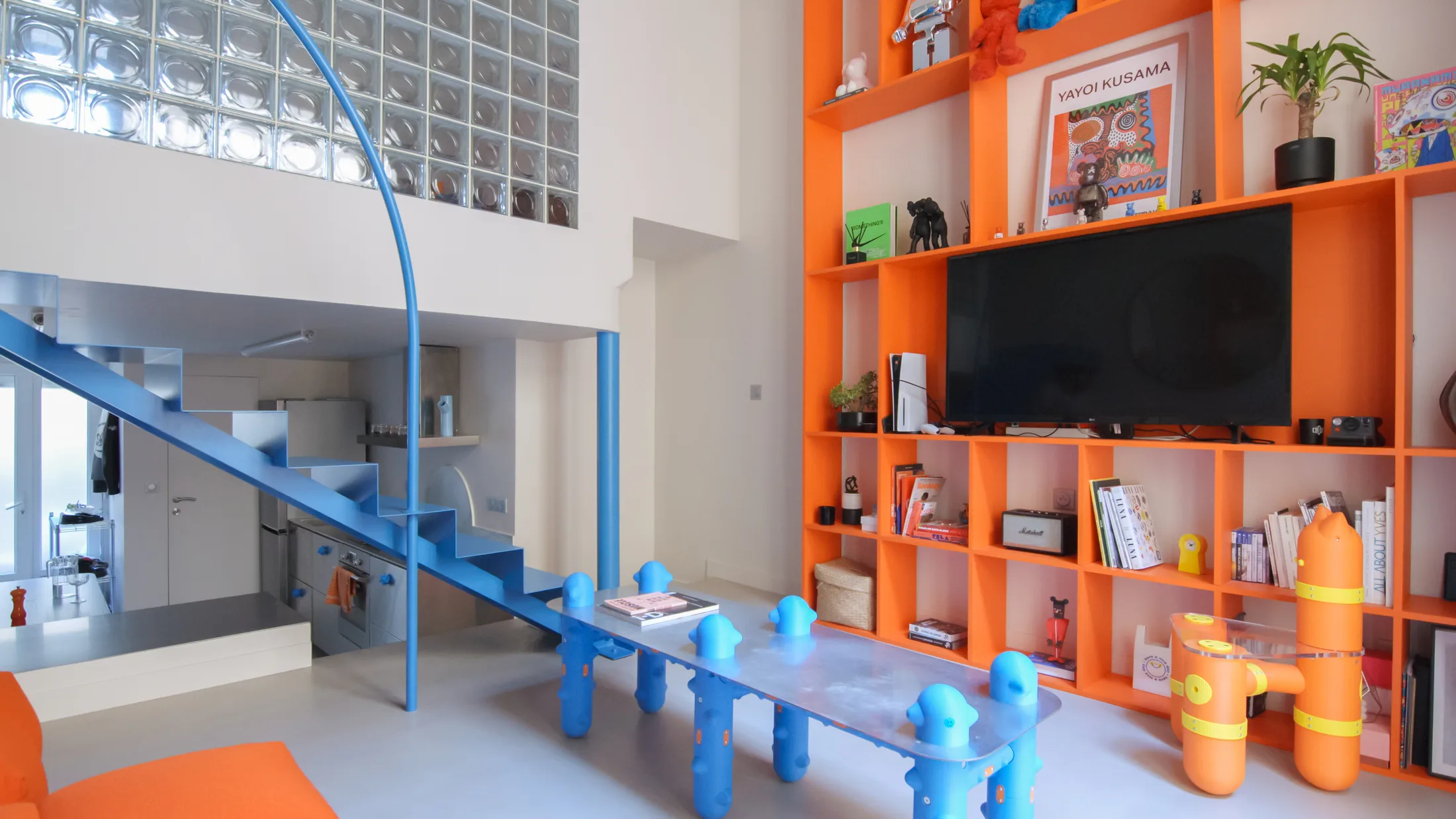

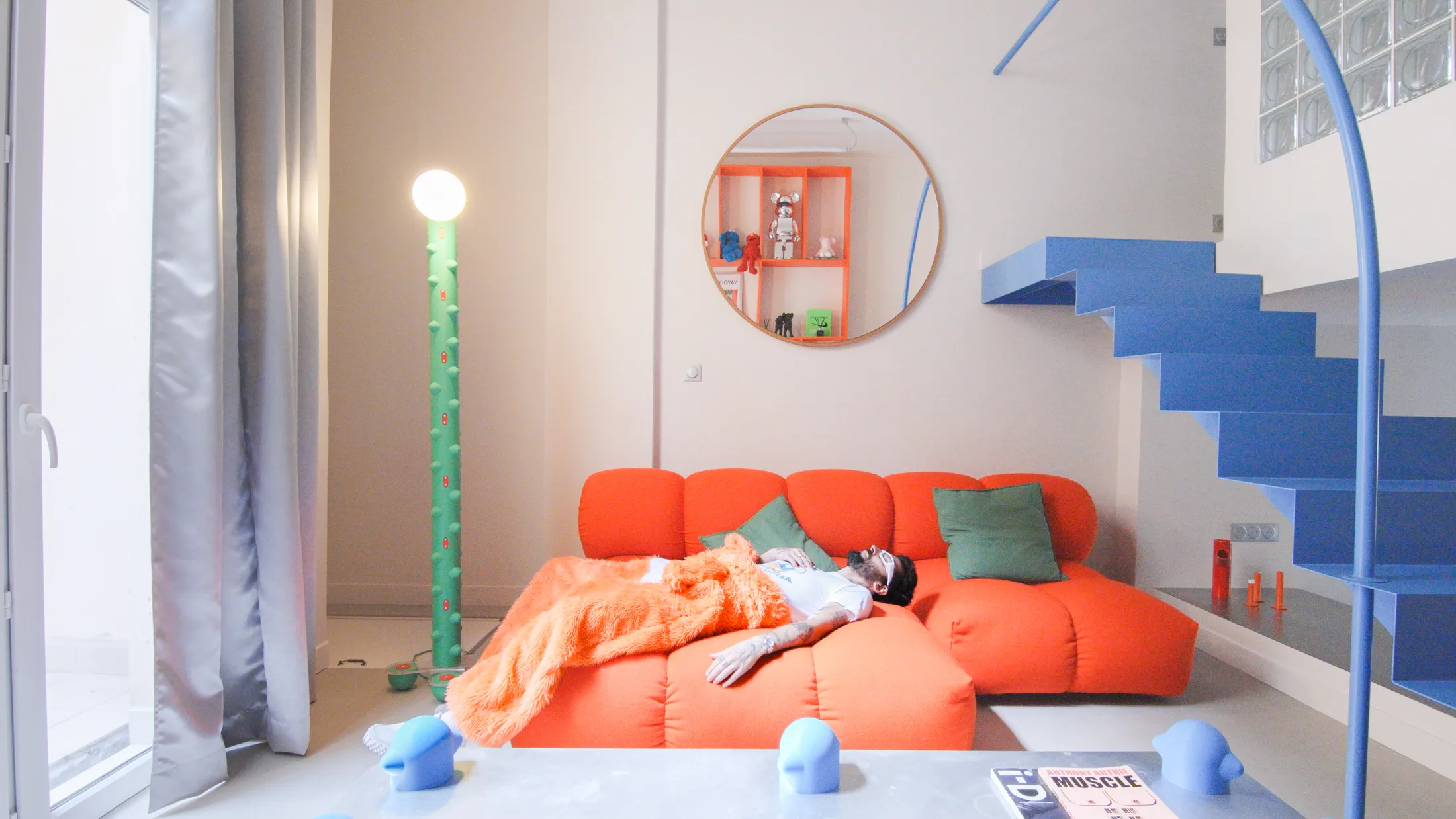
“The overall concept was to create interactions between a world designed for adults and one with an aesthetic more reminiscent of cartoons.”
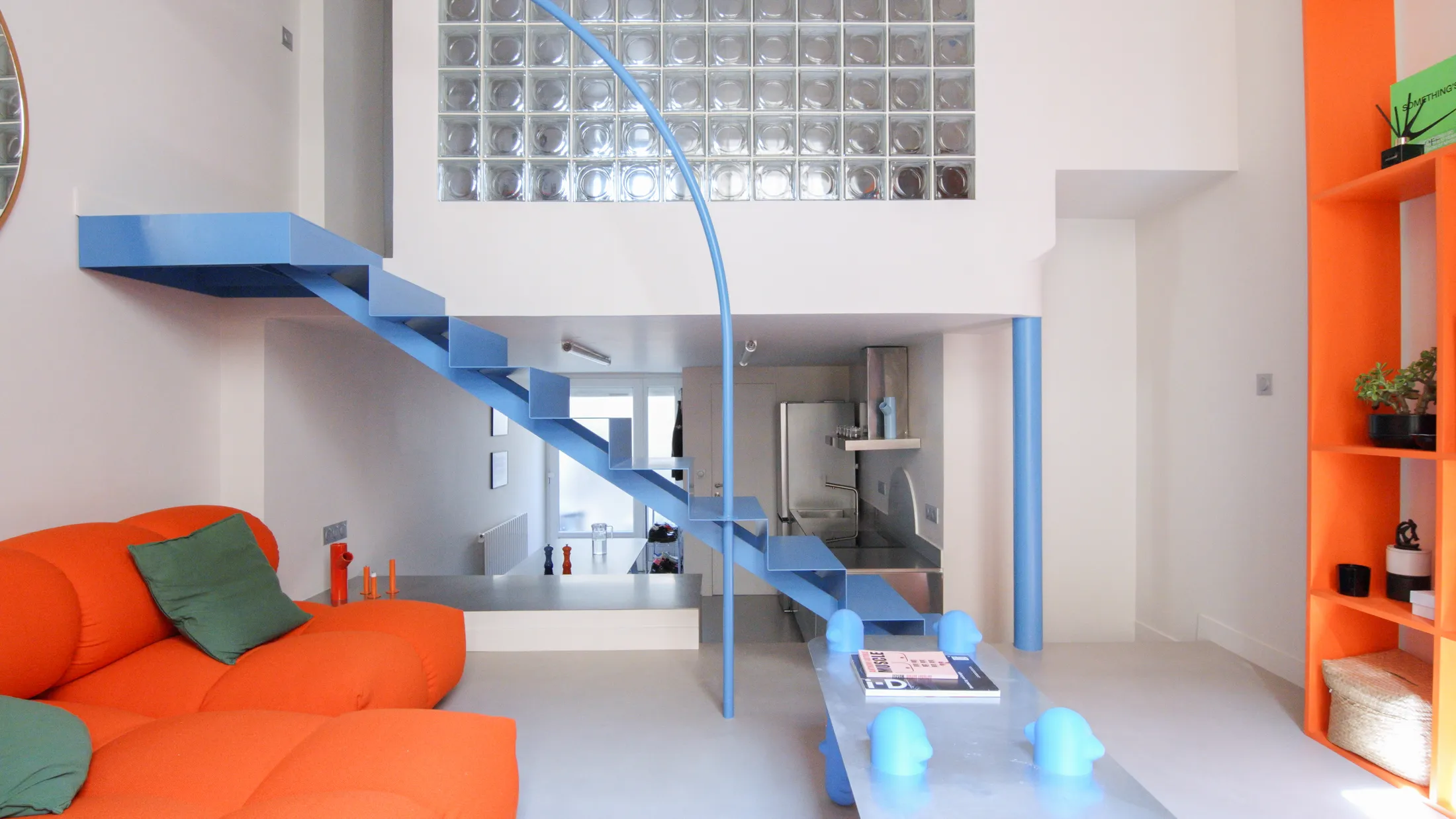
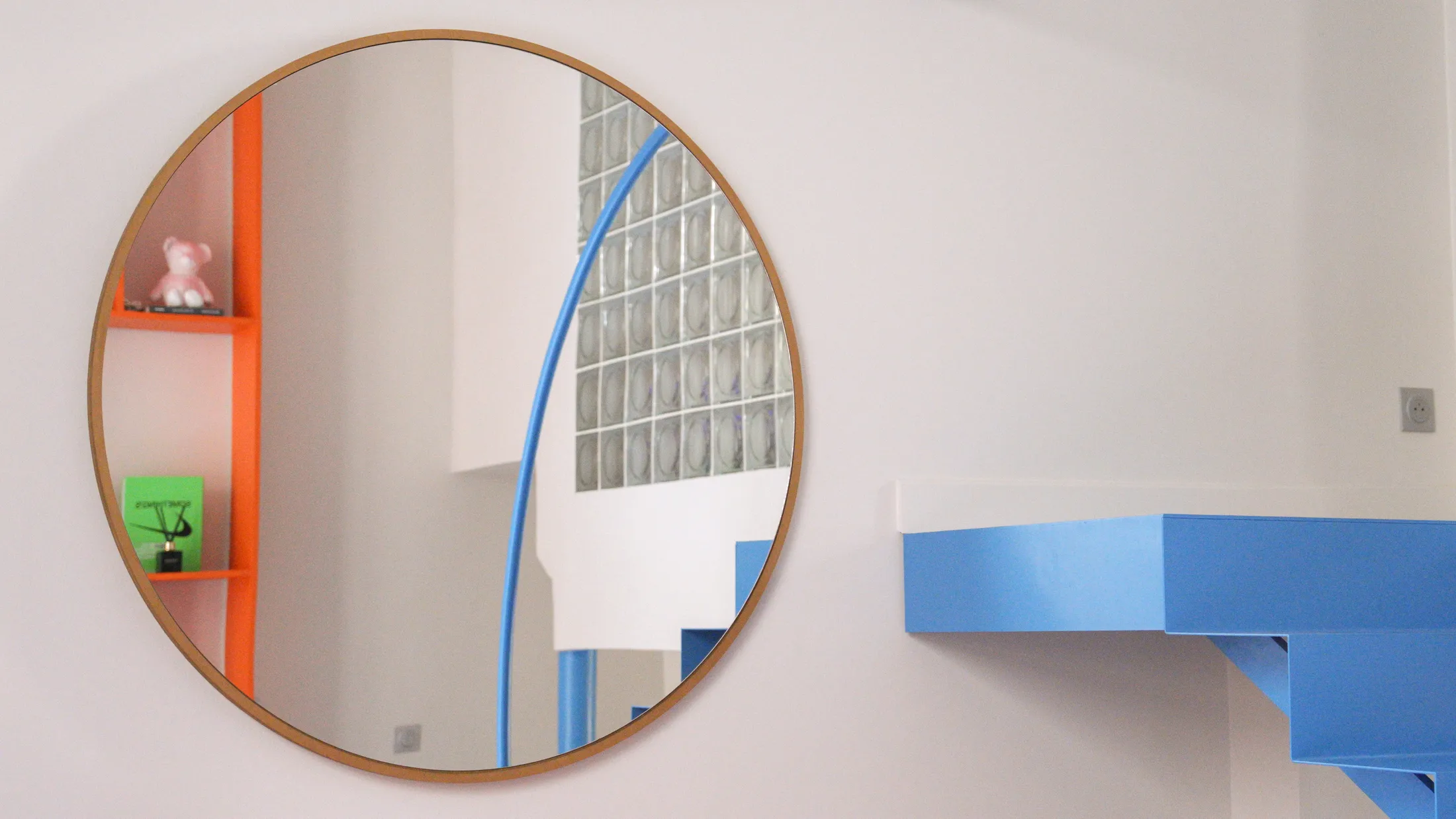

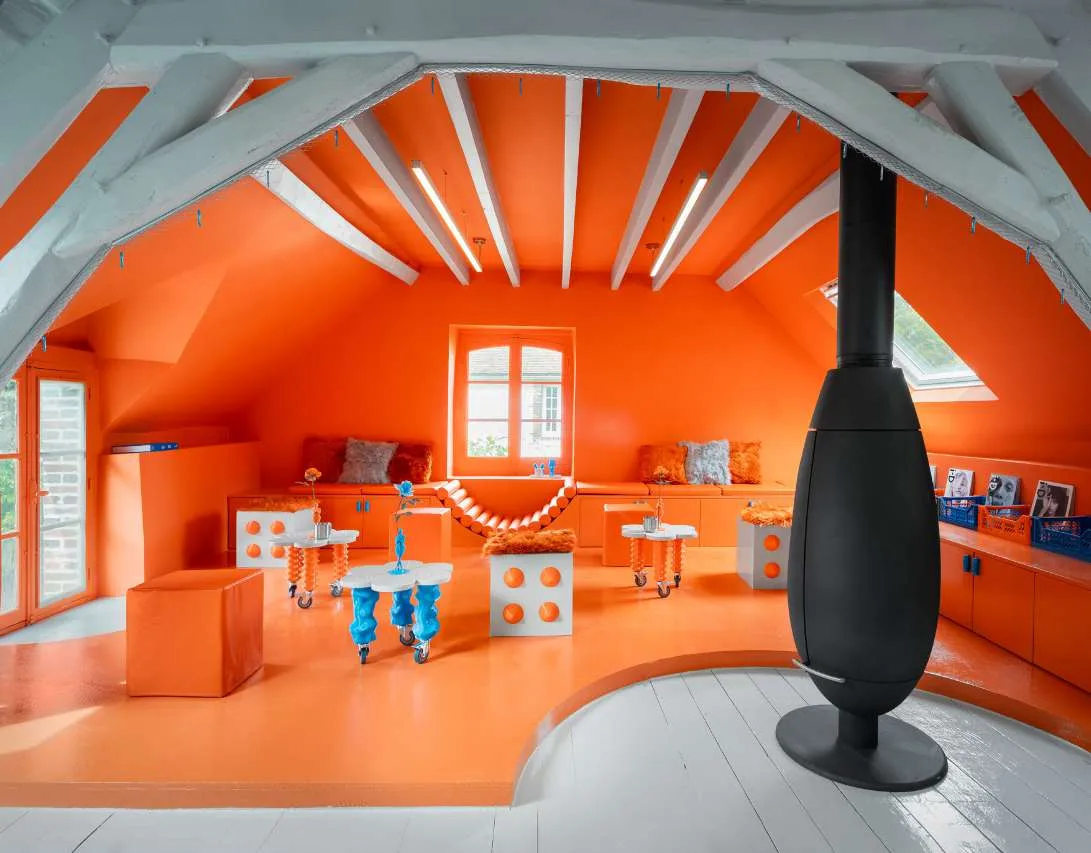

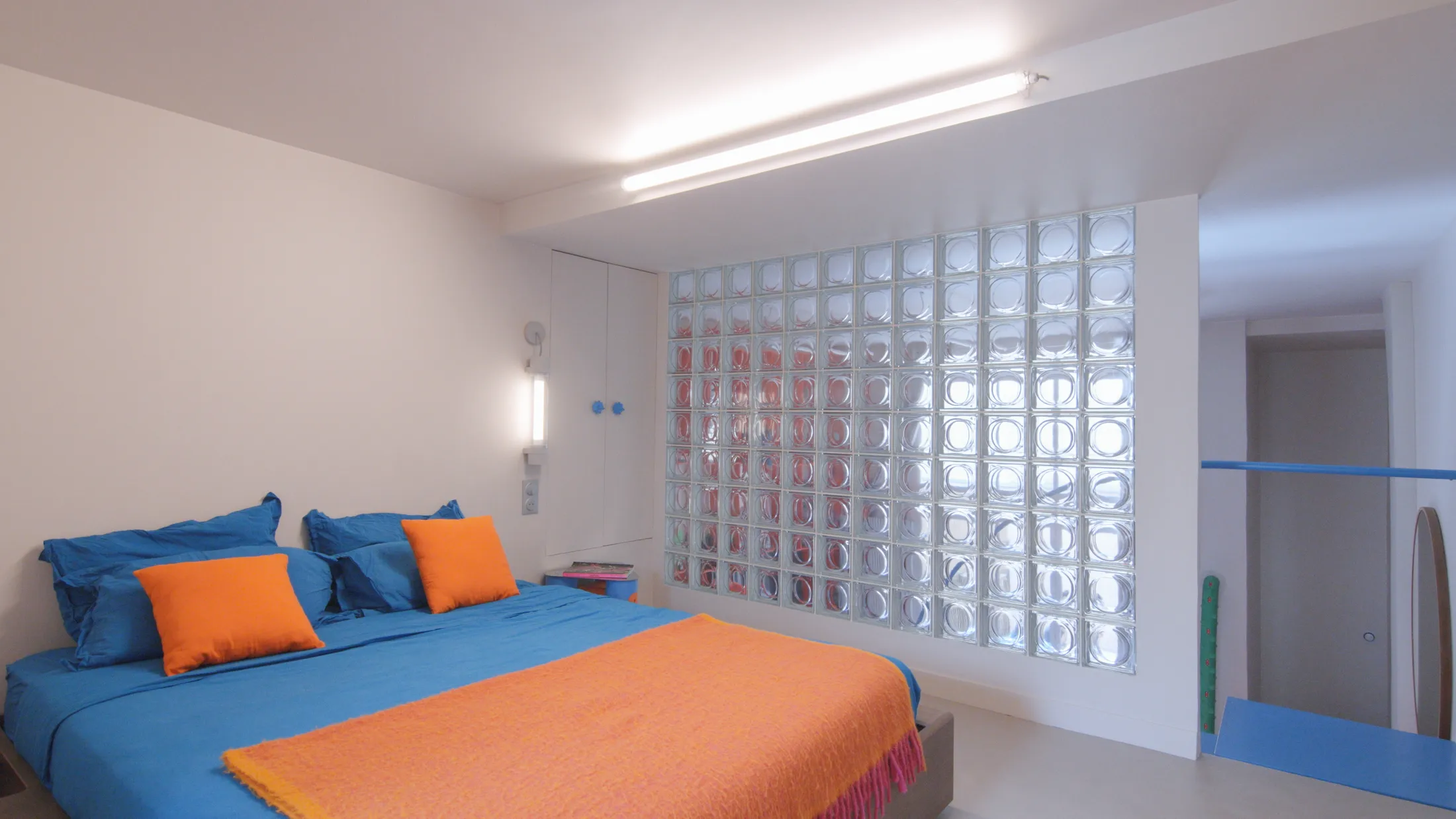
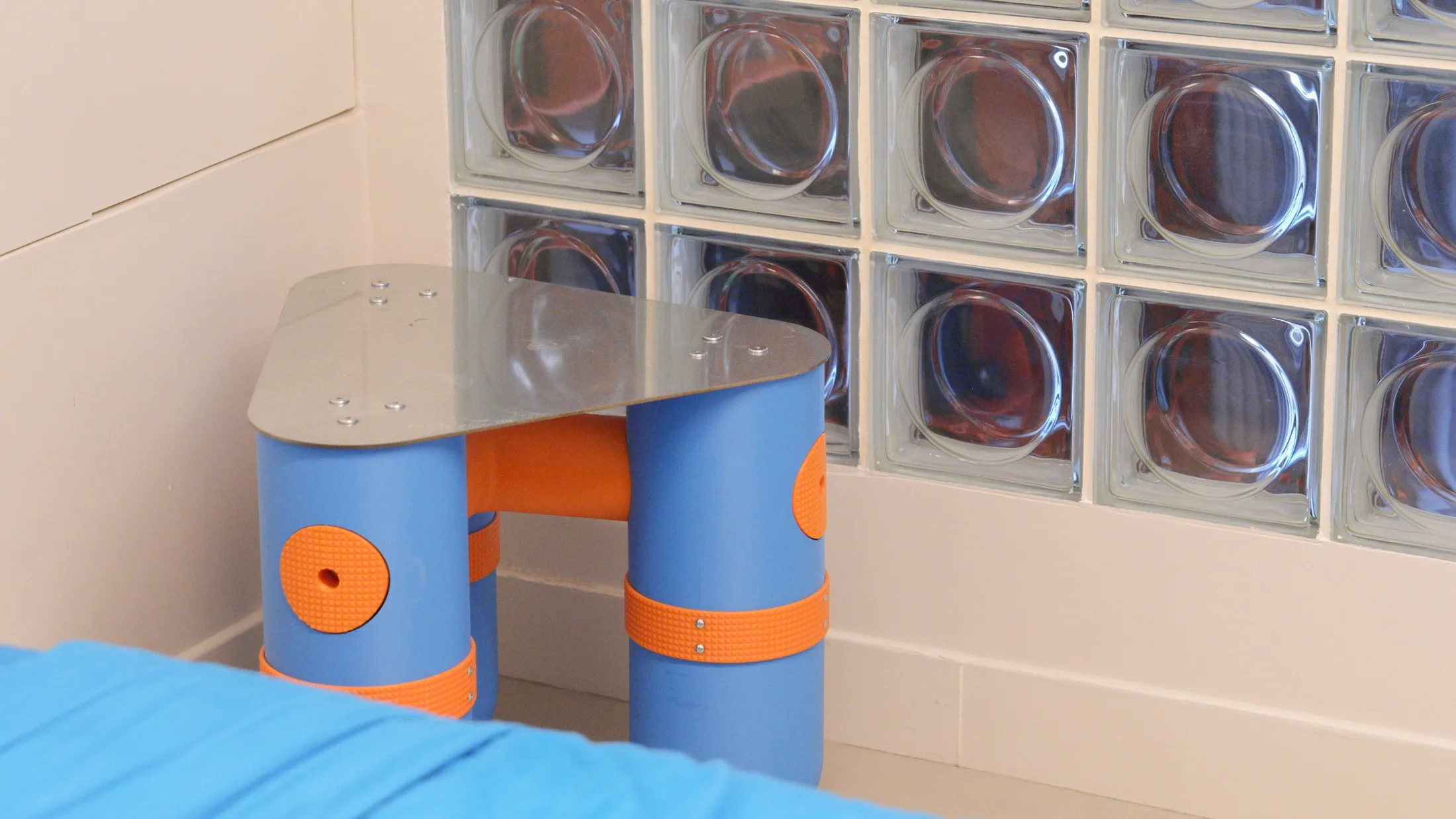
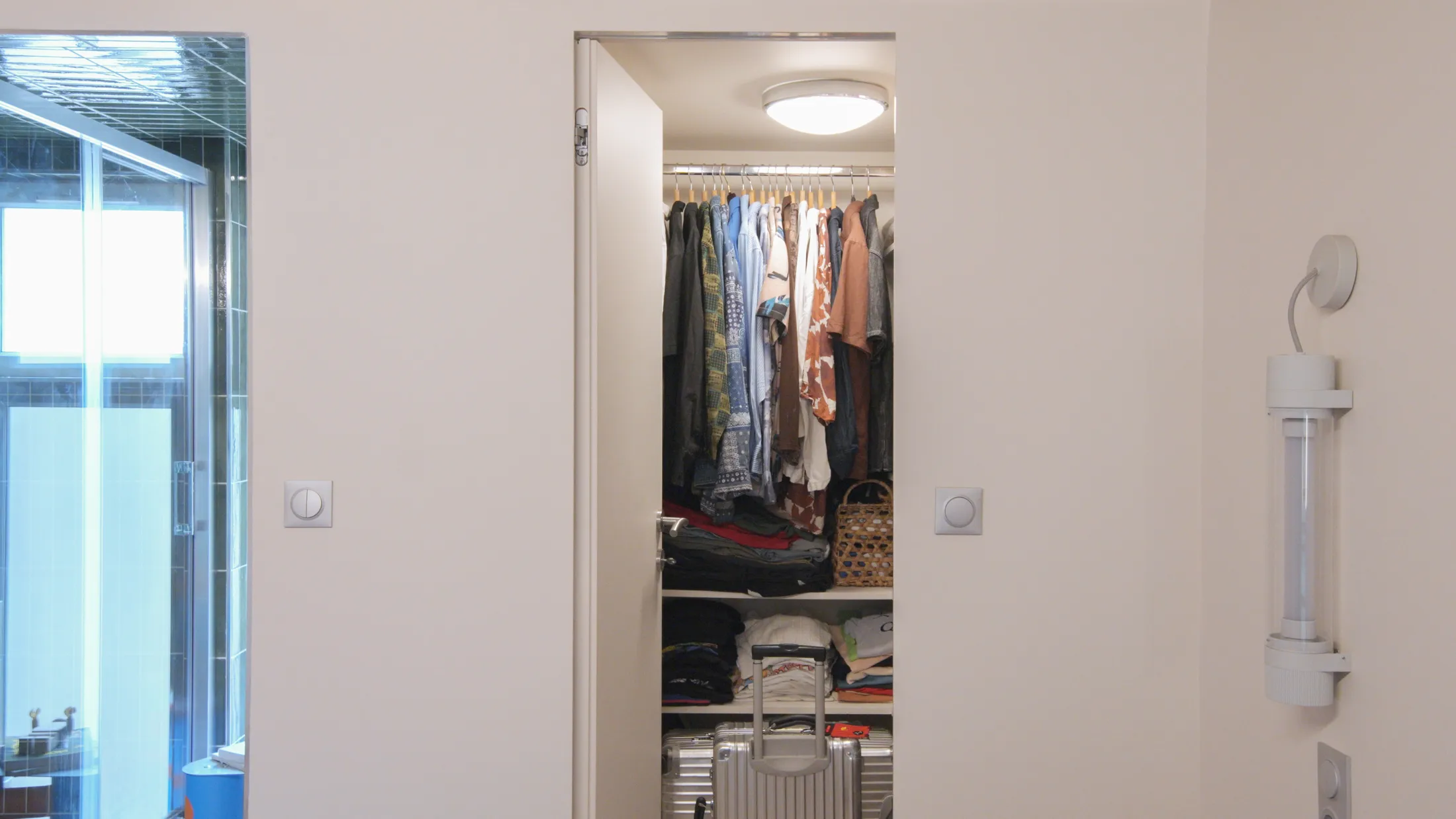
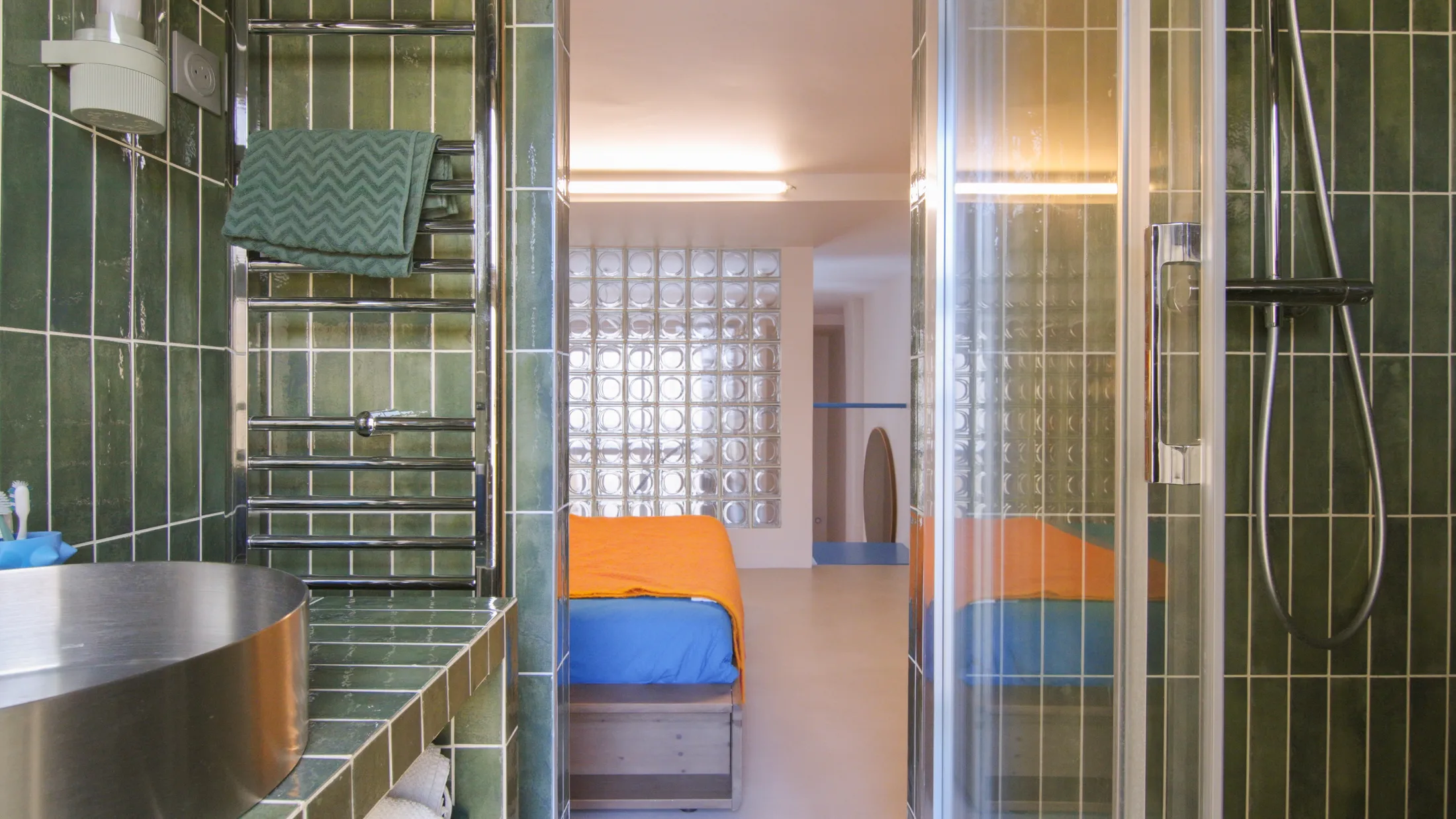
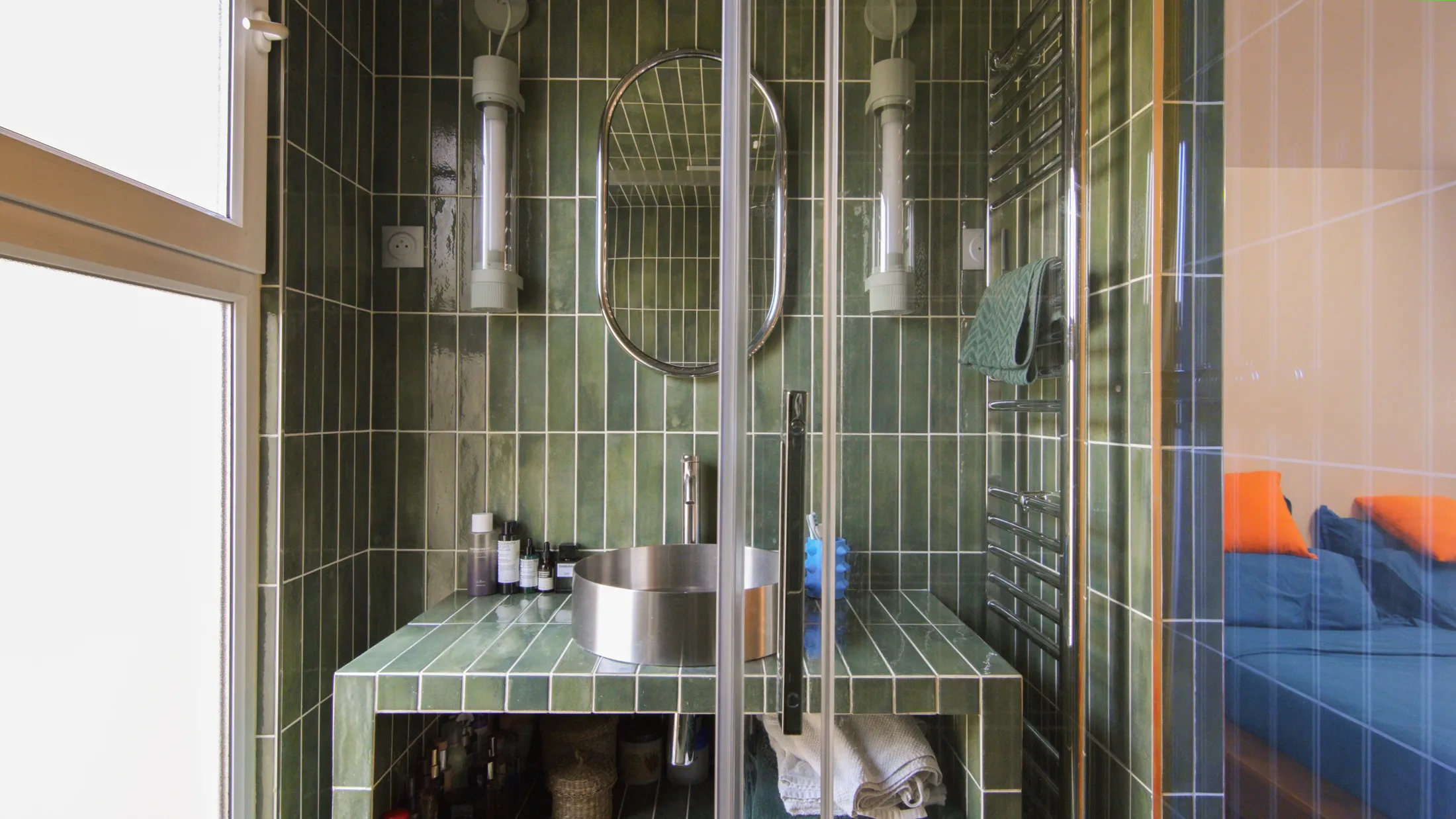
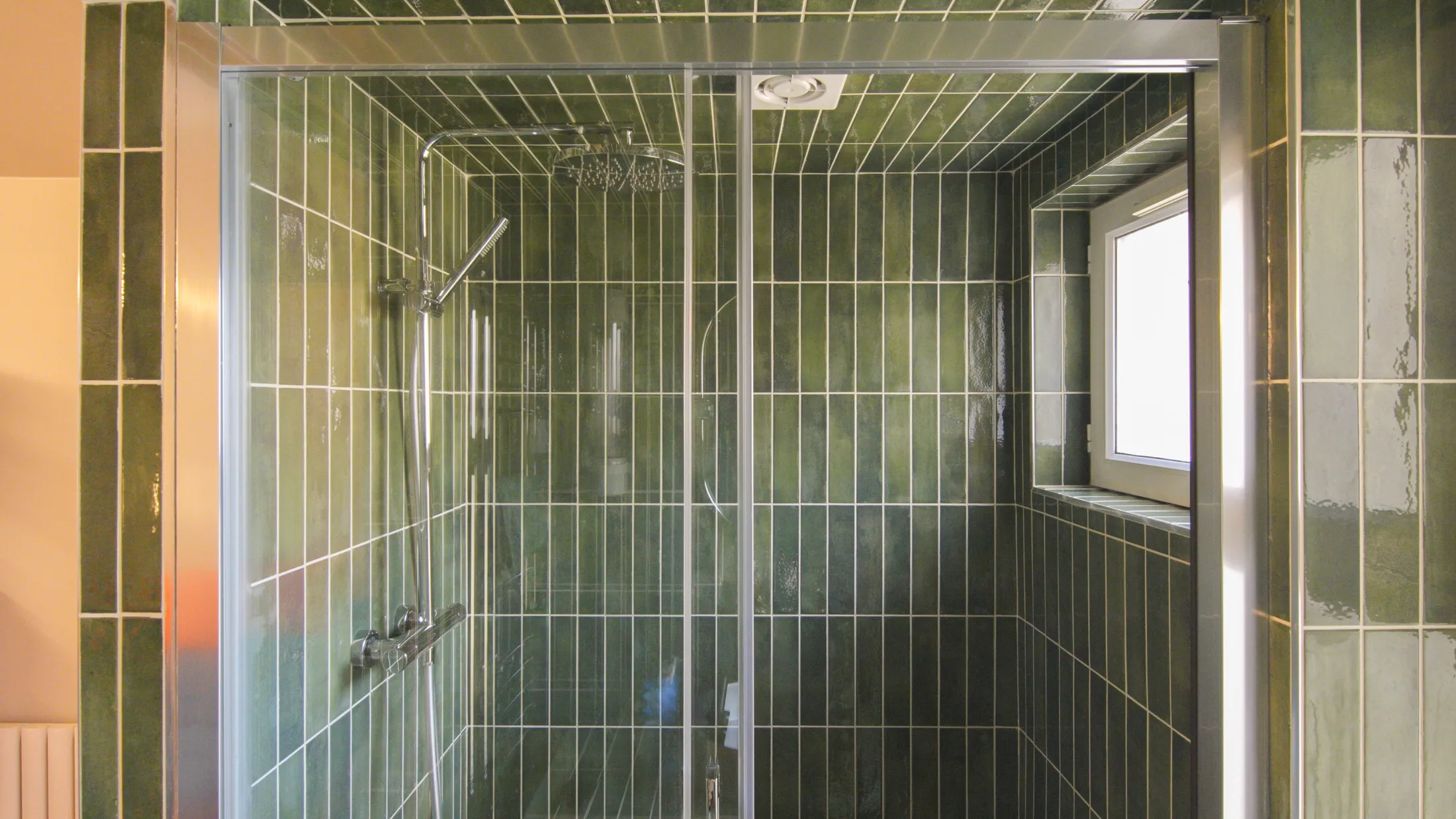
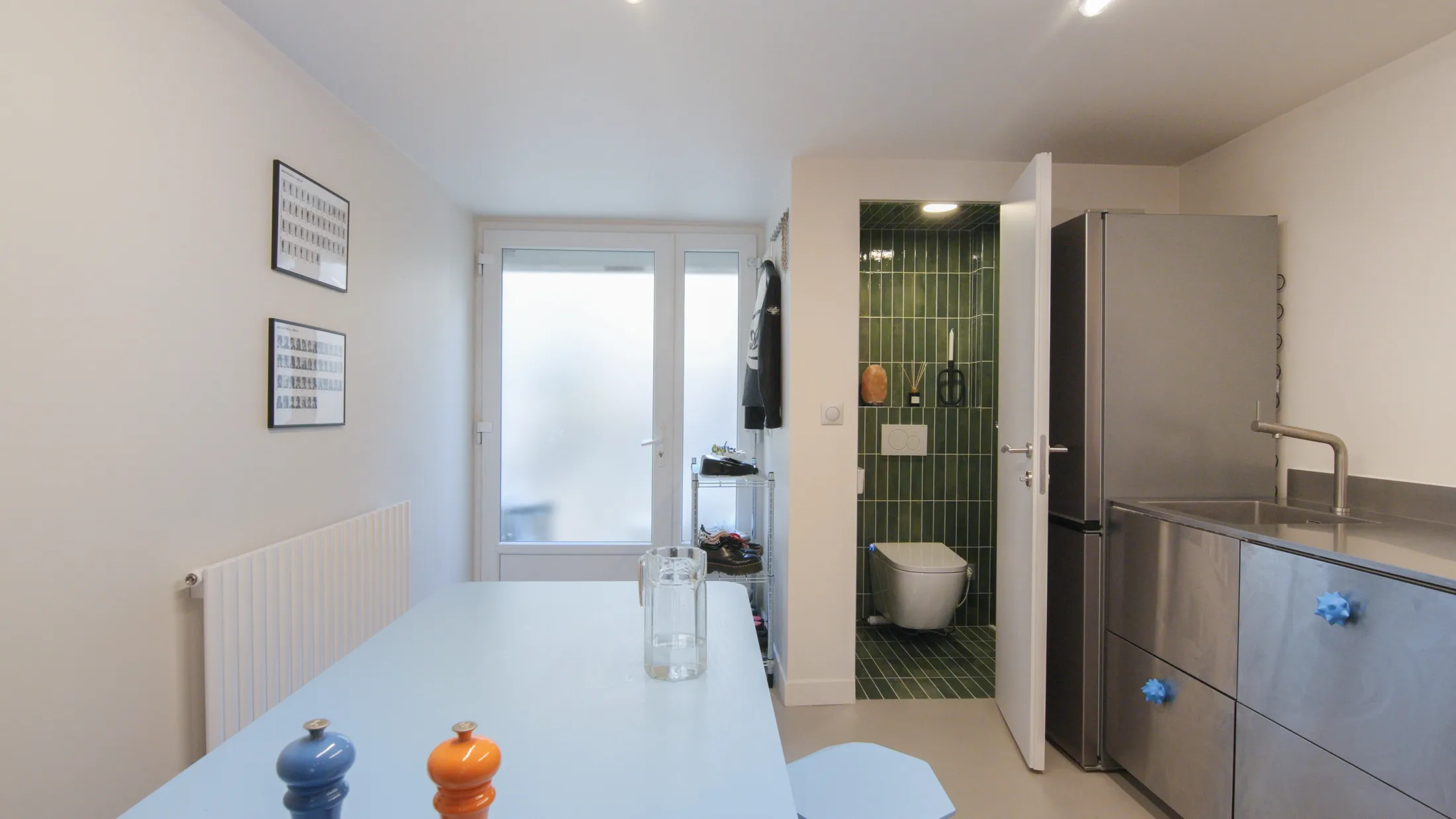
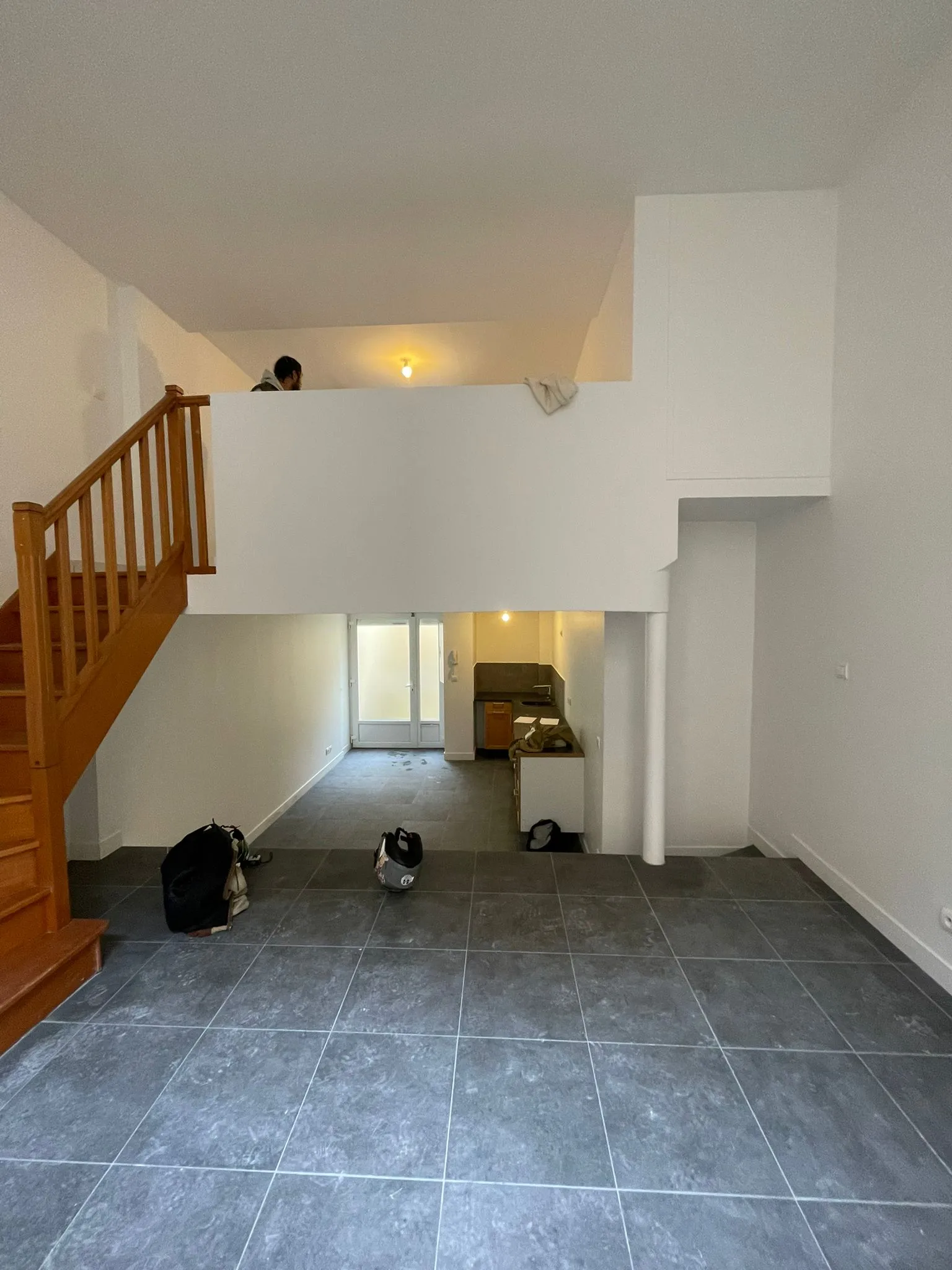

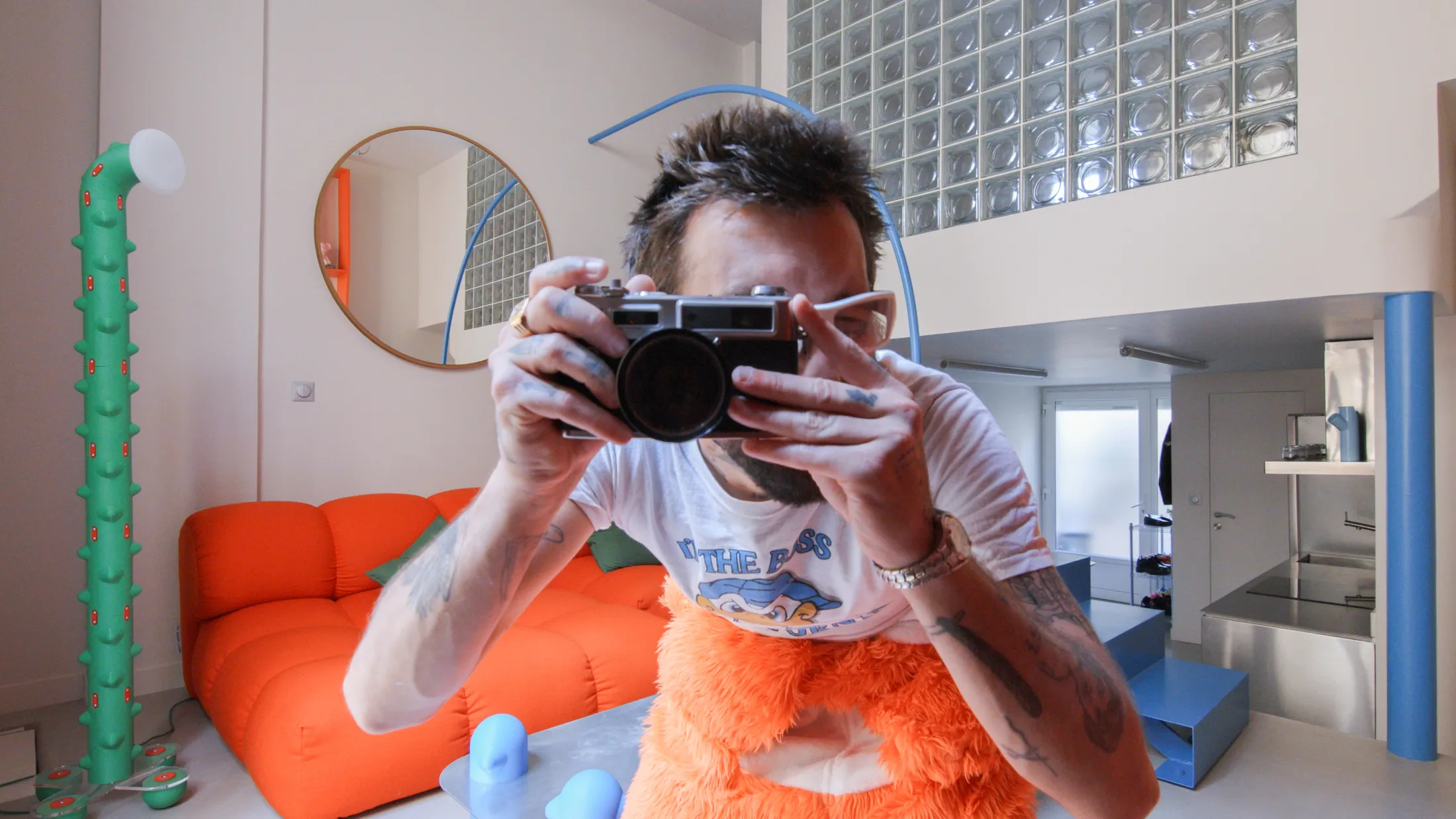

“They’re playful, and a bit weird – but that’s the point.” Architect Anthony Authié of Zyva Studio embraces the surreal in the worlds he creates. And create worlds he does. His design vision goes beyond bold furniture and pops of colour to immerse us in entirely new environments – drenched in colour, phantasmagorical forms, and stories of sophisticated cartoon realms. There’s simply little else quite like it. Authié encapsulates his approach with a single word: cartooncore. A term that paints a rich visual of his commitment blending the surreal and the architectural through exaggerated forms, unexpected details, and a kind of visual storytelling that turns each space into its own animated narrative.
One such world by Authié can be found tucked away in Saint-Ouen, a suburb north of Paris on the banks of the Seine. Owned by friends of his – a young couple working in art and fashion – the three-level apartment sits within a 1960s residential building. It had been previously renovated with little colour, care, or quality materials, according to Authié, so the couple gave him free rein to create as he wished. “The goal was to convey my playful, childlike universe while maintaining the more brutalist elements that the clients really love,” Authié explains.
But work came before play as Authié set out to create minimal but impactful structural changes. The washroom was moved downstairs to create more closet space in the top-level bedroom, and, most notably, the staircase was reoriented to up the impact. “We rotated [the stairs] to create a sense of drama in the ascent to the upper floor and to make it visible as soon as you enter,” he explains. “It becomes the pivot point of the project, and this completely transforms the perception of the space.” Every detail is considered, here the railing is designed to appear like it is passing through a step. “A little architectural glitch that adds a surreal twist,” Authié notes.
With the stage set, Authié then turned to play. His inspiration was as unique as the result: “I was heavily inspired by the 1990s animated film trend of integrating 2D drawings into the real world – like in Space Jam or Who Framed Roger Rabbit.” A glance in any direction of the home reveals his fascinating translation of this. Authié used concrete, warm grey plaster, stainless steel and grey flooring to create a neutral backdrop. He then limited the palette to two bold colours: blue and orange, chosen for their strong contrast across the colour wheel. And they’re everywhere. The spiky drawer knobs (3D printed in his own studio), the spiky coffee table, and the stairs and railing are all a vivid sky blue, while the bulbous sofa from OUT and the large, custom-made bookshelf in the living area burst with neon orange vibrancy.
In the bedroom, he installed large glass bricks – intentionally reminiscent of oversized bubble wrap – to create a sense of privacy while still allowing light to filter through. Pops of orange and blue stand in sharp contrast to the white walls, reflecting both brutalist restraint and cartooncore playfulness. Meanwhile, the bathroom looks and feels completely different to the rest of the space. To evoke “a feeling of stepping into a tropical greenhouse,” Authié covered the bathroom from floor to ceiling in elongated forest green tiles. Wall lights from Fatboy’s Tjoep collection frame the bathroom mirror and lend the room the mood of a science lab.
For Authié, small-space design is less about compromise and more about creation. “What I love about compact spaces is that they demand a much stronger use of imagination,” he says. “They allow those who inhabit them to travel beyond the walls and the constraints of the space’s physical form.” In short, Authié is not interested in simplification for simplification's sake; instead he manipulates it as he pleases to transform small spaces into bold visual scenes – charged with surrealism, humour, and contradiction.